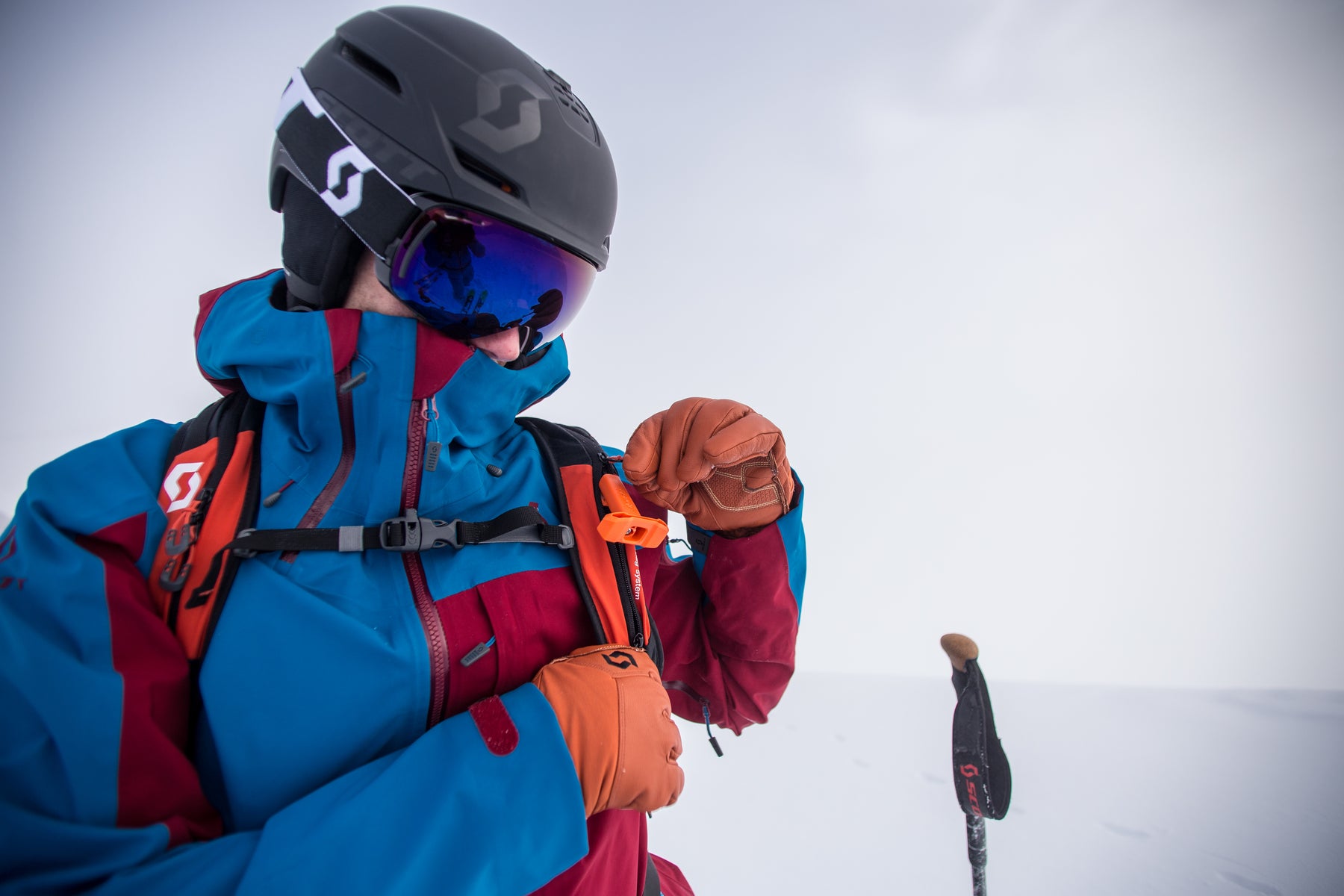
Choosing Ski and Snowboard Gear | Goggles and Helmets
Part 1 - Helmets and Goggles
The weather is getting colder, the nights darker and there’s even some snow on the hills! We are pretty excited here at On Mountain NZ. If you are hitting the slopes this winter you will know that getting the right equipment is key – there’s no such thing as bad weather, just bad equipment! With so much choice in snow gear, outer gear, ski helmets, ski goggles, gloves and mittens, it can be overwhelming and hard to know where to start. As experts in all things snow we are here to help. The first part of our 2 part series looks at what’s on your head! Read on for our tips on how to choose the right ski or snowboard helmet and goggles.
Ski Helmets
When looking at buying a ski or snowboard helmet, the most important thing to consider is size. To find the right size before ordering your helmet - take a soft tape measure and wrap it around your head about 3 centimetres above your eyebrows and ears. Helmet sizes are usually measured in cm. Once your helmet arrives try it on. Your helmet should fit snuggly with no gaps between the lining and your head. All Scott helmets come with a Dual Fit System, which can be adjusted to ensure a perfect fit. You can also perform a shake test – with the helmet on shake your head around. If the helmet moves separately from your head it is too big! Do not buy kids helmets with ‘room to grow’ – like adult helmets they should fit snuggly.
Once you have the right size for your helmet, check your goggle compatibility. If you are going to try on a helmet in store, it’s a good idea to take your goggles with you.
There are a few other features to consider when buying your ski or snowboard helmet— including safety features. Helmet safety technology has advanced significantly in recent years so check out what’s available before you buy. Many of our Scott helmets come with MIPS (Multi-directional Impact Protection System) technology designed to better protect your brain in case of a crash.
And finally, vents or a passive venting system and ear pads which feature a sound system are added extras worth considering!
Did you know you should replace your helmets every 3-5yrs or after a crash, even if your helmet looks fine?
Check out our Scott Track Plus helmet - a great all round helmet complete with MIPS and 360 pure sound.
Helmet questions – chat with us!
Ski Goggles
Goggles are one of the most important pieces of equipment for any skier or snowboarder and a lens that fogs up or goggles that don’t fit properly can seriously ruin your day. Just like choosing sunglasses there are different shapes of frame and frameless goggles available. Some of the features to be on the lookout for are:
-
Fit to your face and compatibility with your helmet – make sure the goggles fit snuggly under your helmet with no gap. Make sure they are not too big or too small for your face.
-
Cylindrical or Spherical lens – a cylindrical lens curves horizontally, but is flat vertically. These lenses offer good performance at a lower price point. A spherical lens will curve both horizontally and vertically and offers better peripheral vision, reduced glare, less fogging and less distortion.
Check out our Scott LCG for a Spherical lens goggle and the Scott Shield for a Cylindrical lens goggle
-
Lens type and colour – now we are not talking about matching your jacket here! The colour of your lens will help to filter the light. There is nothing worse than being blinded on a bluebird day, or not being able to see on a dark day. Each colour will filter the light differently and offer advantages in different weather conditions.
-
Light transmission – the amount of light that passes through the lens. If you spend any time on the mountain you are likely to need a different lens for different weather and light conditions, so check what comes with your goggles. You should also check out our Scott light sensitive lens – a lens that adjusts to whatever the mountain throws at you!
-
Interchangeable lens system – the reality is that if you spend a lot of time in the mountains then you will encounter lots of weather conditions and, even with the Scott light sensitive lens, there will be a time when you need to change your lens. A quick change system means you spend less time faffing and more time enjoying, plus it saves you the hassle of carrying a whole extra pair of goggles around all day.
-
UV protection - UV intensity increases with altitude and protecting your eyes will help eye fatigue and long term damage to the retina.
-
Antifog – another must. Not being able to see where you are going because your goggles have fogged up not only ruins your day, it can be dangerous too. Check the manufacturer’s instructions for cleaning your lens to ensure you don’t rub off the anti-fog coating.
- Ventilation is another to prevent fogging. Most goggles will now come with a ventilation system, but do check it is compatible with your helmet.
Go Skiing or Snowboarding!
Now that you’ve got your helmet and goggles sorted it’s time to hit the white stuff! Here at On Mountain NZ we love all things snow and are only too happy to help ensure you have everything you need. Check out what we have available and shop now or chat with us for more advice.
And don’t forget to look out for part 2 of our guide covering buying gloves vs mittens and your ski or snowboard jacket and pants, coming soon!

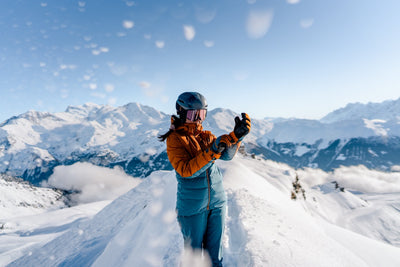
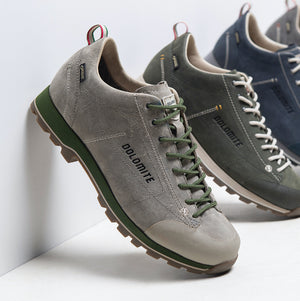
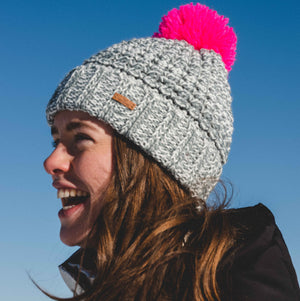
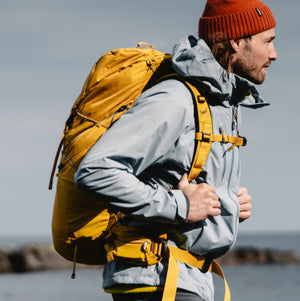
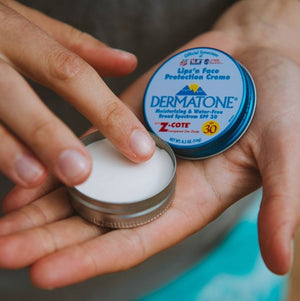
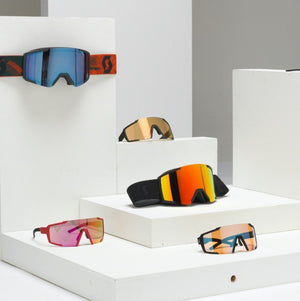


Leave a comment